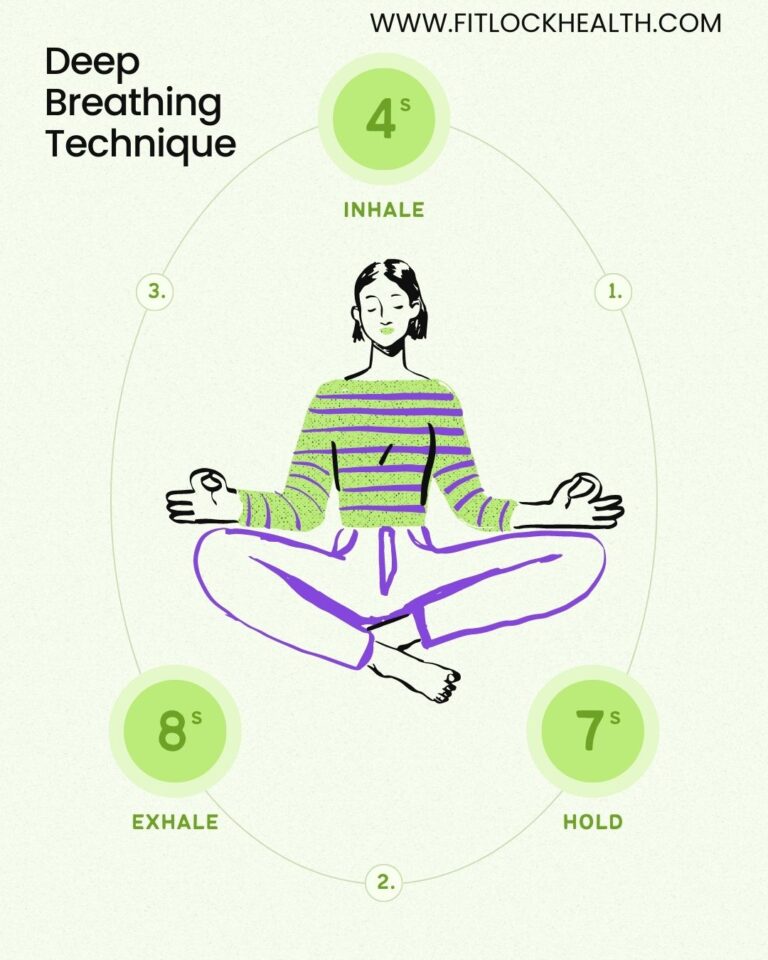The traditional yoga pose known as Padmasana or Lotus Pose has been practiced for millennia. In today’s fast-paced world where stress and sedentary lifestyles are commonplace it is critical to discover practical strategies for preserving overall health. Yoga an ancient practice that encompasses physical mental and spiritual well-being has gained significant popularity for its ability to address these modern-day concerns. Based in custom and held in high regard by yogis A comprehensive method for reaching both physical and mental balance is provided by padmasana yoga. We will examine the many benefits of Padmasana in this post and see how it might enhance our overall health in a number of ways.
Here are some of the most popular health benefits of Padmasana Yoga.
1) Improved Posture :
Prolonged sitting can cause bad posture, which can cause neck and back pain. Padmasana encourages a straight spine and an aligned posture. The awareness required to maintain the pose cultivates mindful posture habits that extend beyond the yoga mat contributing to a healthier spine and reduced strain on surrounding muscles.
2) Flexibility :
Padmasana is well known for its ability to increase hip, knee and ankle flexibility. Sitting in this stance one crosses their legs and rests each foot on the thigh of the other person. This motion gently stretches the ligaments and tendons around the joints promoting their mobility and overall health. Regular practice of Padmasana can alleviate stiffness and discomfort in these areas making it an excellent choice for individuals with sedentary lifestyles.
3) Stimulates Digestion :
The gentle compression of the abdominal region in Padmasana can stimulate the digestive organs aiding in digestion and alleviating issues such as bloating and constipation. Additionally the relaxation response induced by the pose can counteract the negative impacts of stress on the digestive system.
https://fitlockhealth.com/the-most-popular-health-benefits-of-shirshasan-yoga/
4) Strengthened Core Muscles :
The act of sitting in Padmasana engages the core muscles including the abdominals and obliques to maintain balance and stability. As a result regular practice can gradually strengthen these muscles leading to a more robust core. A strong core is essential for supporting the spine improving balance and preventing injuries.
5) Pain Management :
The meditative quality of Padmasana can be a valuable tool in managing chronic pain. By redirecting the mind’s focus from pain sensations to the present moment individuals may experience a reduction in perceived pain levels. Moreover the pose’s inducing relaxation reaction can help reduce stress associated with discomfort.
6) Balanced Energy Flow :
According to traditional yoga philosophy the body has energy pathways known as nadis and energy centers called chakras. Padmasana is thought to support a sense of stability and vitality by balancing the energy flow through these channels. This balance can contribute to overall physical and mental well-being.
7) Stress reduction :
Padmasana is known for its calming effect on the mind. The posture facilitates relaxation by promoting deep diaphragmatic breathing which triggers the body’s relaxation response. Practitioners frequently report feeling less anxious more focused and more at ease when stress levels drop.
8) Mind-Body Connection :
Padmasana facilitates a deep connection between the mind and body. The focused awareness required during the pose enhances mindfulness allowing practitioners to become more attuned to their physical sensations thoughts and emotions. This heightened mind-body connection can lead to greater self-awareness and emotional regulation.
9) Menstrual Discomfort Relief :
Padmasana is often recommended for managing menstrual discomfort. While the pose’s relaxing elements assist reduce related stress and anxiety the mild pelvic stretching can help lessen cramps.
10) Preparation for Meditation :
Padmasana is considered an ideal posture for meditation. The balanced alignment of the body supports extended periods of meditation by minimizing physical discomfort. The natural steadiness of the stance also helps one stay focused when practicing meditation.
Conclusion :
The Lotus Pose or Padmasana provides a wealth of health advantages that meet the needs of contemporary life. The benefits of this age-old yoga pose are numerous and profound ranging from increasing flexibility and joint health to lowering stress and improving digestion. Incorporating Padmasana into your routine can be a stepping stone towards a healthier and more balanced life. As with any physical practice it is important to approach Padmasana with patience and respect for your body’s limitations gradually working towards the full expression of the pose. Padmasana is a time-tested path to overall well-being whether you are looking for mental clarity physical flexibility or a stronger mind-body connection.




